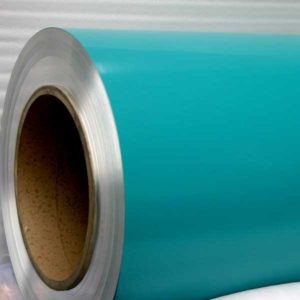The surface treatment of aluminum is a series of mechanical and chemical surface pretreatment processes in the process of surface film processing and combination. The surface pretreatment methods of aluminum are mechanical and chemical (or electrochemical). Mechanical methods include sand blasting, polishing, striping and polishing. The chemical method includes degreasing, alkali washing, light treatment and so on. The surface coating technology of aluminum mainly includes anodic oxidation, chemical transformation, electroplating, electroless plating and organic coating.

Sealing process:
Alumina oxide film is a porous film, which should be closed before it is put into use with or without coloring, so as to improve its corrosion resistance and weather resistance. There are three treatment methods: high temperature hydration reaction seal, inorganic salt seal and organics seal.
(1) high temperature water is closed
This approach is the use of aluminum oxide film and the hydration reaction of water, the amorphous film into hydrate crystallization membrane: hydration reaction can be performed at room temperature and high temperature, but especially in the boiling point at high temperatures, the generated hydration crystal film is the crystallization of the irreversible membrane is very stable, therefore, the most commonly used method of closed treatment of anodic alumina membrane is boiling water or steam method processing.
(2) inorganic salt seal
Inorganic salt can improve the fastness of organic coloring dyes, so it is commonly used in chemical coloring methods.
Alpha acetate process
Potassium silicate method
(3) organic sealing method
This is the aluminum oxide film oiled, dip coating or coating, etc., due to the high cost and increase the technological process, thus not used, more or using the two kinds of methods, and high temperature water legally for the mainstream in the first one.
The oxide film of al-mg alloy is easy to be formed and the quality of the film is better. It can be oxidized and colored. But there are also some drawbacks.
The first point:
The anodic oxide film has dual character, large pores and uneven distribution, and it is difficult to achieve the best anticorrosion effect.
The second point:
Magnesium is hardening and brittle, to reduce the elongation increases, the tendency of hot tearing, such as ADC5, ADC6, in production, because of its wide range of solidification and shrinkage tendency, shrinkage and cracks often, casting performance is poor, therefore, has great limitations on its use range, slightly complex workpiece structure, is the production.
The third point:
Commonly used on the market of aluminium magnesium alloy, because of its composition is complicated, aluminum low purity, sulfuric acid anodic oxidation, hard to produce transparent protective film, more white, the color is out of condition, according to normal process is difficult to achieve the ideal effect.

Comments are closed.